A New Kind of Shopping in Waterford
Crystal Mall opened on September 30, 1984, in Waterford, Connecticut, built by New England Development as a 783,000 sq ft enclosed regional shopping center.
It stood along Hartford Turnpike, later joined by Waterford Commons across the road, and its four anchors were Sears, JCPenney, Filene's, and Jordan Marsh.
The center ranked as Connecticut's ninth-largest mall, featuring two levels and over 110 stores, with its primary trade area encompassing 300,000 residents.
When the mall arrived, nearby competitors, such as New London Mall, faced challenges, leading some to shift their strategies, including transforming into a lifestyle center.
At its opening, Crystal Mall created a focal point for retail expansion in Waterford, altering how shoppers moved between existing stores and new tenants.
Its anchor mix gave it regional pull, and smaller retailers found strength in operating alongside national department stores.
The structure quickly became a retail hub, offering an enclosed, climate-controlled space and positioning itself against older strip centers.
For families in the area, it became one of the core things to do in Waterford, CT, especially during cold months when outdoor shopping was less appealing.
Renovation and Renewal (1990s)
By 1996, Jordan Marsh had been converted into Macy's, continuing operations under its new branding and adding stability to Crystal Mall's anchor lineup.
Management soon realized the complex built in 1984 was aging, so in 1997, they began work on a renovation project focused on brightening the interior.
Walls painted in darker colors were redone in white, and new lighting systems were installed throughout both levels of the property.
During this phase, the food court underwent a remodeling project, featuring modern fixtures, improved seating layouts, and upgraded service areas for national chains.
Other features included fresh flooring materials, updated railings, and polished common areas, which provided shoppers with a distinct shopping experience.
Although fixtures changed, the renovation avoided altering the mall's external appearance, which remained consistent with its 1980s construction style.
The large chandelier positioned in the center court was originally marked for removal. Still, it was polished and refined to meet customer requests.
The preserved chandelier remained one of the recognizable elements in the updated interior, contrasting with newer white surfaces and bright lighting.
Expansion and Reconfiguration (2000–2008)
In June 2004, an Olive Garden restaurant opened on the property, adding dining options to the mall's immediate surroundings and drawing steady evening traffic.
Two years later, in 2006, Filene's closed its Crystal Mall location following the merger of May Department Stores with Federated Department Stores, which resulted in the creation of Macy's.
This left a vacant anchor box that had once served as one of the mall's original cornerstones, prompting management to seek replacements quickly.
By 2007, announcements confirmed the former Filene's would be divided between two national retailers, marking the first time the space would be split.
The plan allocated the first floor to Christmas Tree Shops, a New England–based chain specializing in seasonal and household goods at discount prices.
The second floor was designated for Bed Bath & Beyond, which committed to open a full-line home goods store that included textiles, cookware, and furniture.
Both stores began welcoming customers in early 2008, establishing a new era in the mall's anchor mix and ending nearly two years of empty space.
For Crystal Mall, the change offered a fresh draw for shoppers, expanding variety while maintaining the same physical footprint established in 1984.
The period between 2004 and 2008 marked a time of adaptation, as restaurants and new anchors expanded the complex's reach while the original design remained largely intact.
Early Decline and Anchor Departures (2019–2021)
Sears shut its Crystal Mall store in January 2019, the first original anchor to leave since the mall's debut. Its closure left an entire wing without a draw.
The store had been in place since 1984, and when the doors finally closed, the loss changed how shoppers moved through the mall's corridors.
Retailers near the empty anchor saw fewer customers, a common ripple effect after a department store leaves a regional center.
On January 6, 2021, Macy's announced that it would close its Crystal Mall location by March 21. The decision fit into a nationwide trend of store closures.
That branch had opened in 1996, when Jordan Marsh was rebranded under Federated Department Stores, filling the same corner for more than two decades.
By November 1, 2021, reports confirmed that the former Macy's building had been sold to a development firm. The space moved out of retail control.
Between 2019 and 2021, Crystal Mall lost two major anchors, a change that weakened the foundation of its tenant base and altered its daily traffic patterns.
Bankruptcy and Closures (2023)
In January 2023, Bed Bath & Beyond closed its Crystal Mall store after the company filed for bankruptcy. The closure erased one of the last major anchors.
The shutdown followed the chain's national retrenchment and liquidation, which left malls across the country with large empty storefronts.
By August 2023, Christmas Tree Shops had shuttered its Crystal Mall location, as the chain ended operations following a failed restructuring attempt.
Its exit emptied the first level of the same anchor space, leaving both floors without tenants.
The twin closures eliminated nearly 200,000 square feet of retail space that had once been split between two specialty chains.
With Macy's and Sears already gone, the loss of Bed Bath & Beyond and Christmas Tree Shops meant JCPenney stood alone as the sole anchor.
The empty wings highlighted the mall's growing dependence on smaller stores, kiosks, and food court vendors to sustain its daily activity.
The events of 2023 left Crystal Mall with more vacant anchors than active ones, creating long stretches of unused retail space where shoppers had once gathered.
The Last Anchor Leaves (2024)
JCPenney closed its Crystal Mall location on May 25, 2024. The shutdown ended forty years of operation and removed the last remaining anchor tenant.
The store had been part of the mall since opening day in 1984, weathering rebrandings, bankruptcies, and the steady loss of other department stores.
When its lights went dark, every anchor box at the property stood vacant for the first time in the mall's history.
The closure marked the loss of a 100,000 square-foot space that once carried clothing, appliances, and home goods under the JCPenney name.
Repurposing and Reinvention (2025–Present)
On June 25, 2025, General Dynamics Electric Boat confirmed that it had acquired the former Macy's building at Crystal Mall, along with seven acres of surrounding land.
The 121,000-square-foot property is slated for conversion into offices, engineering areas, training facilities, and laboratories to support submarine programs.
Electric Boat projects that by March 2027, about 700 employees will be based in Waterford as part of this expansion beyond its Groton shipyard.
Only days after that announcement, the former Sears property reappeared on the market.
The building, which measured more than 150,000 square feet on 10.6 acres, had last sold in September 2023 to an affiliate of ACHS Management Corp.
Its re-listing opened the door to further redevelopment even as other parts of the mall sat idle.
Meanwhile, assessment records showed that the value of the portion of Crystal Mall owned by Namdar Realty Group had fallen sharply.
It dropped from about $31 million to $10 million, reflecting widespread vacancies and deferred maintenance throughout the structure.
Reports from June described broken elevators, escalators, and restrooms, which left accessibility problems for those few who still visited.
By late June 2025, Talbots confirmed its closure inside the mall, joining nearly seventy shuttered storefronts, underscoring the significant contraction of the retail side.

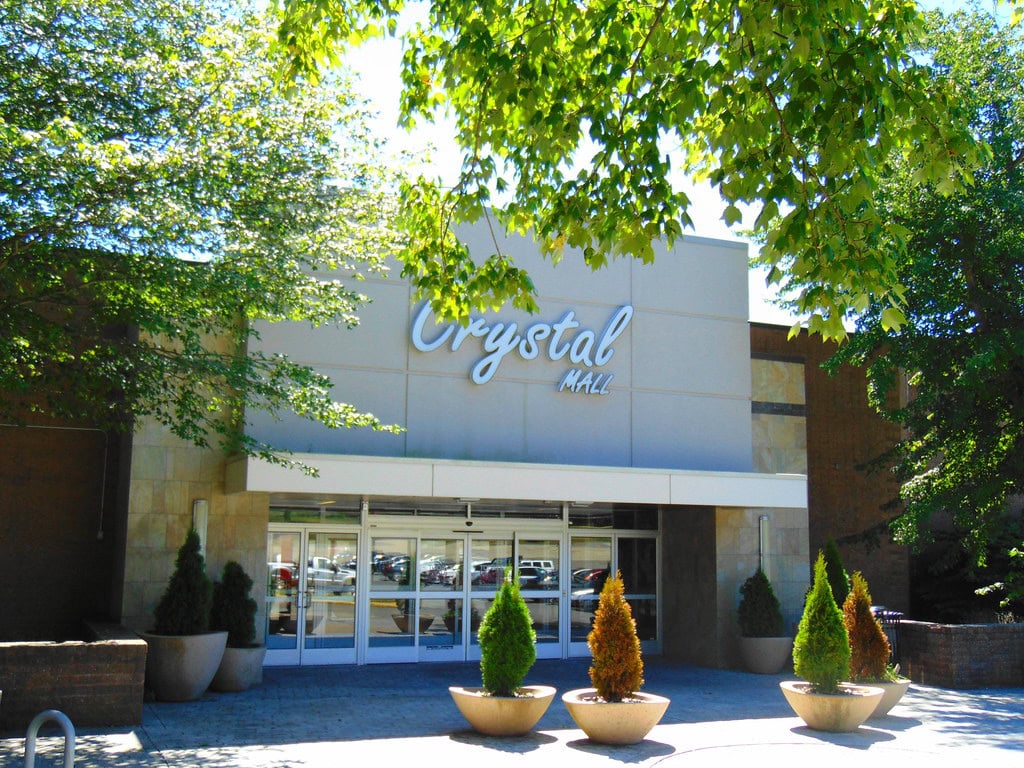
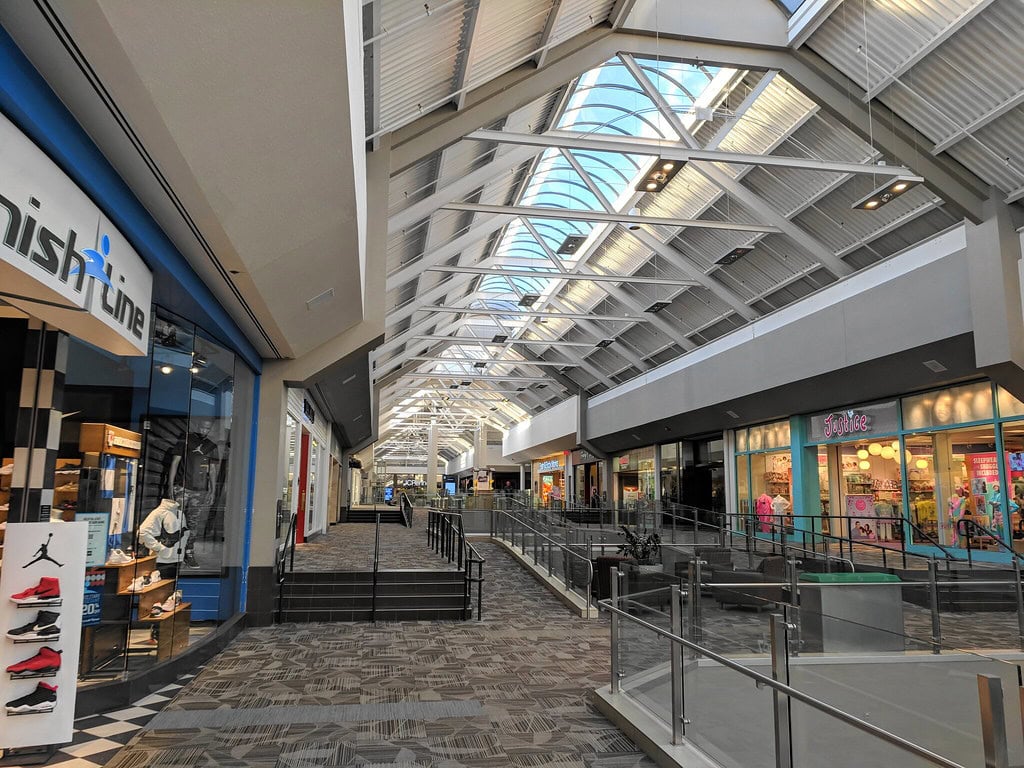


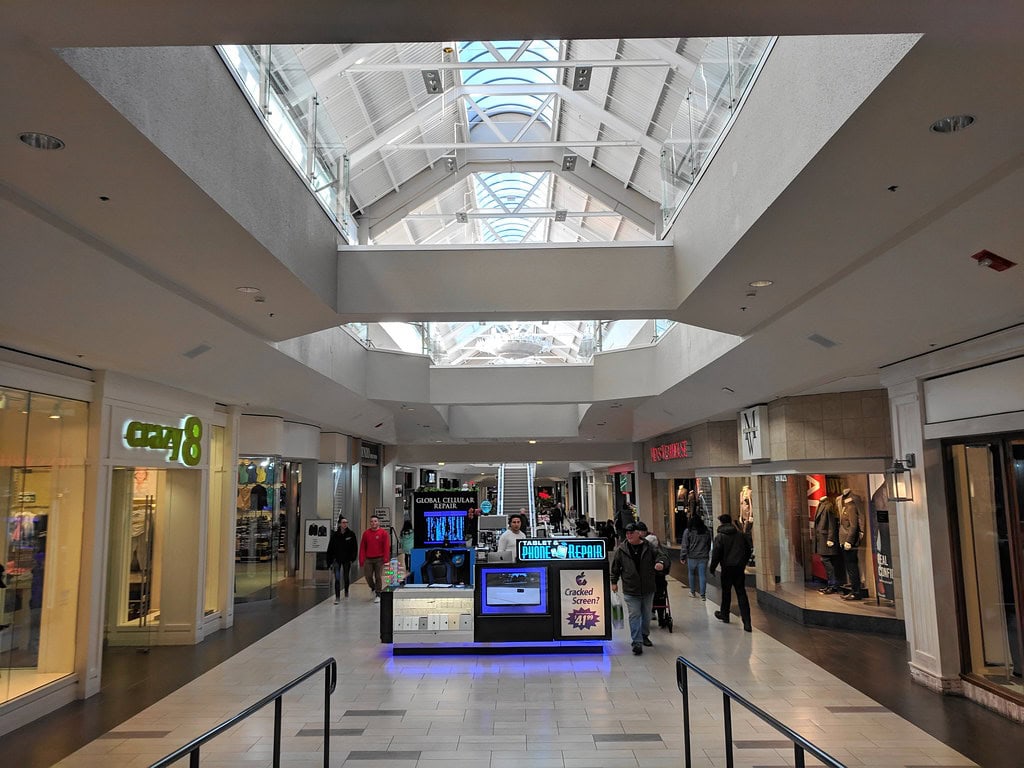
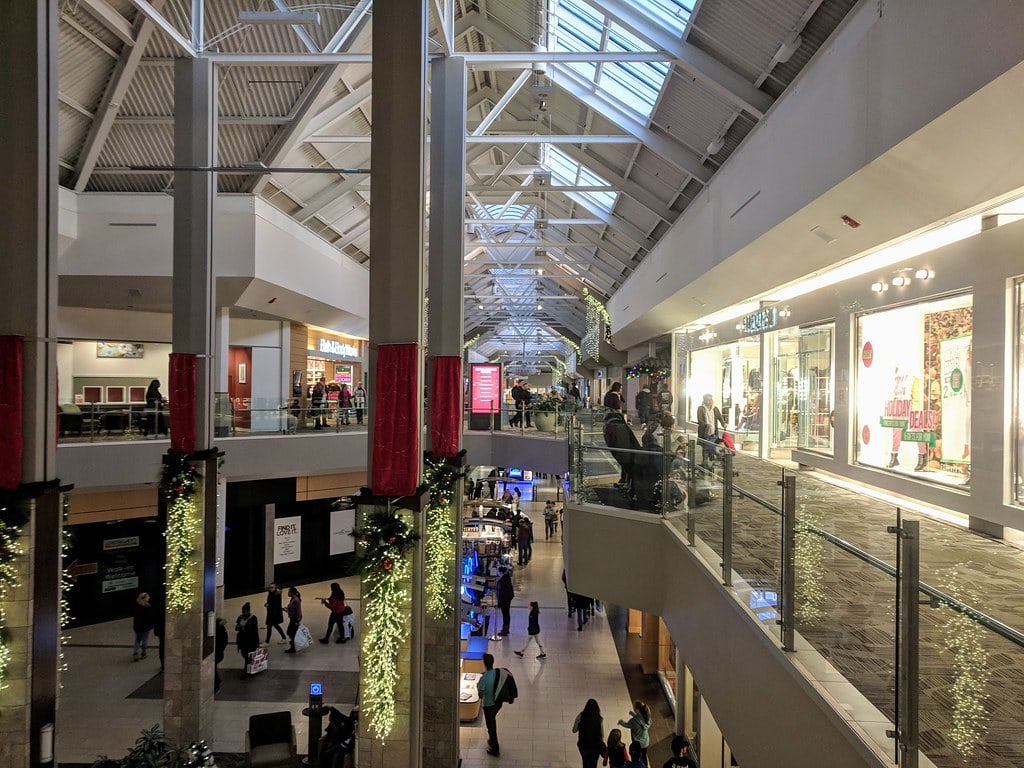

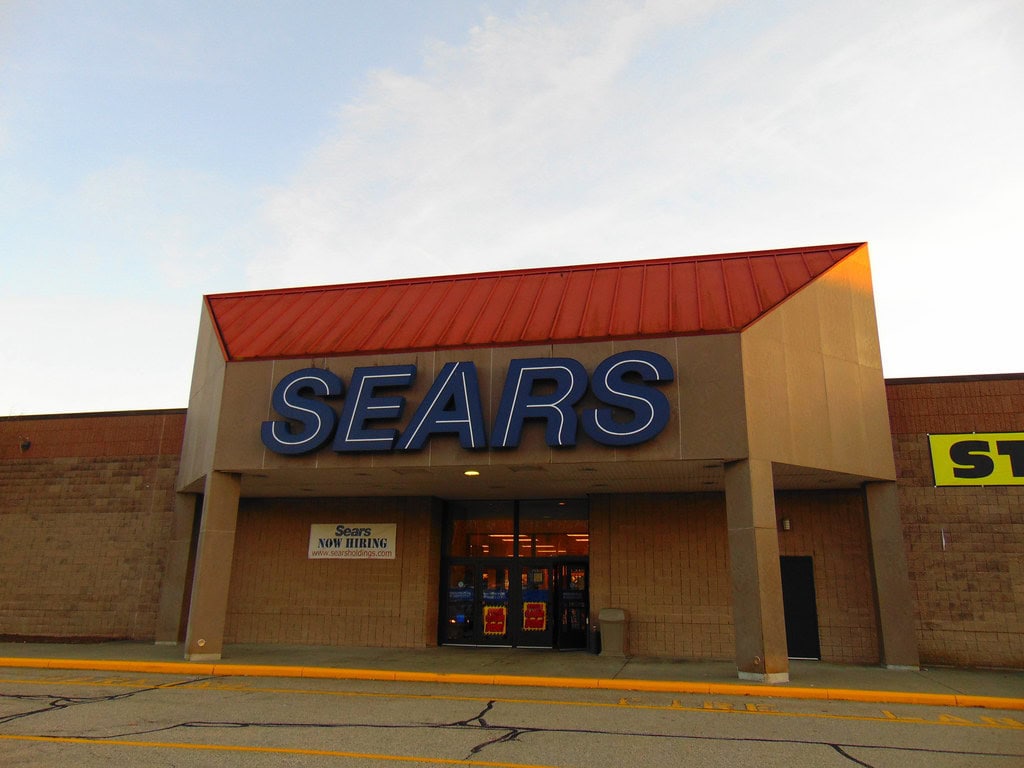
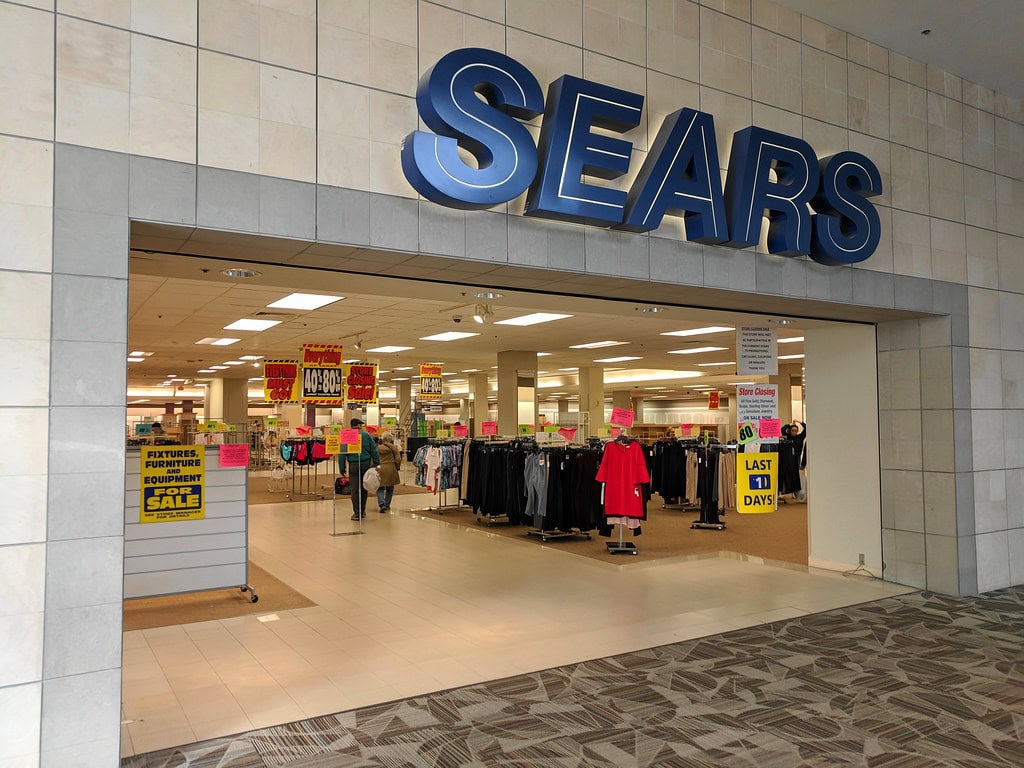
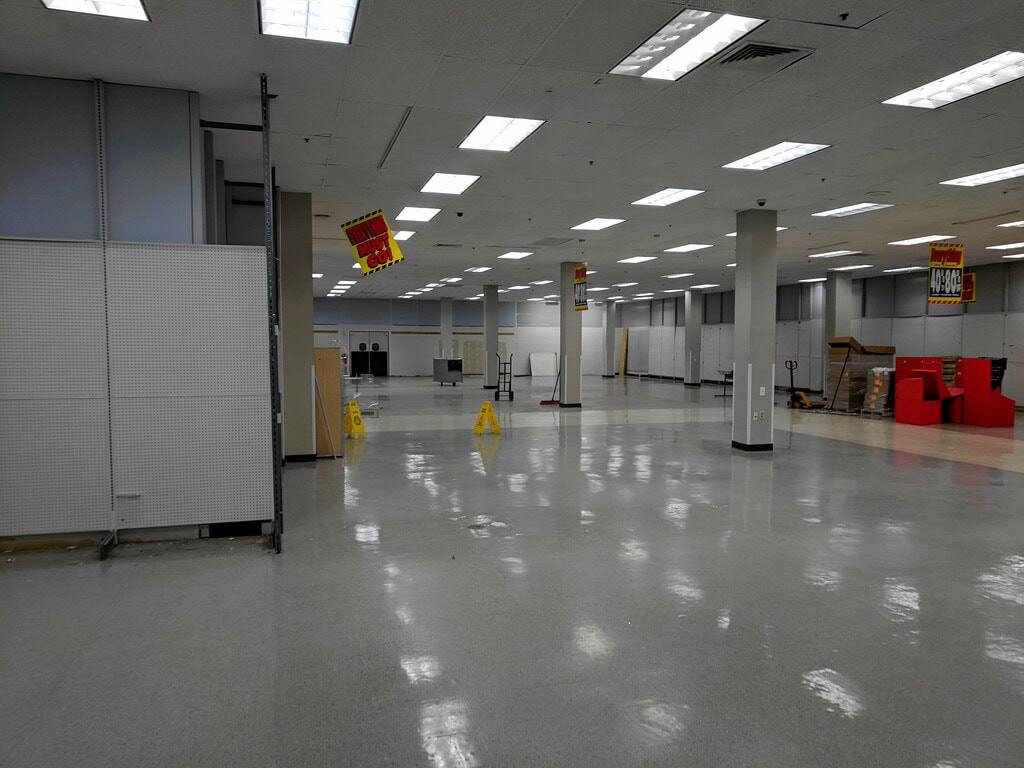
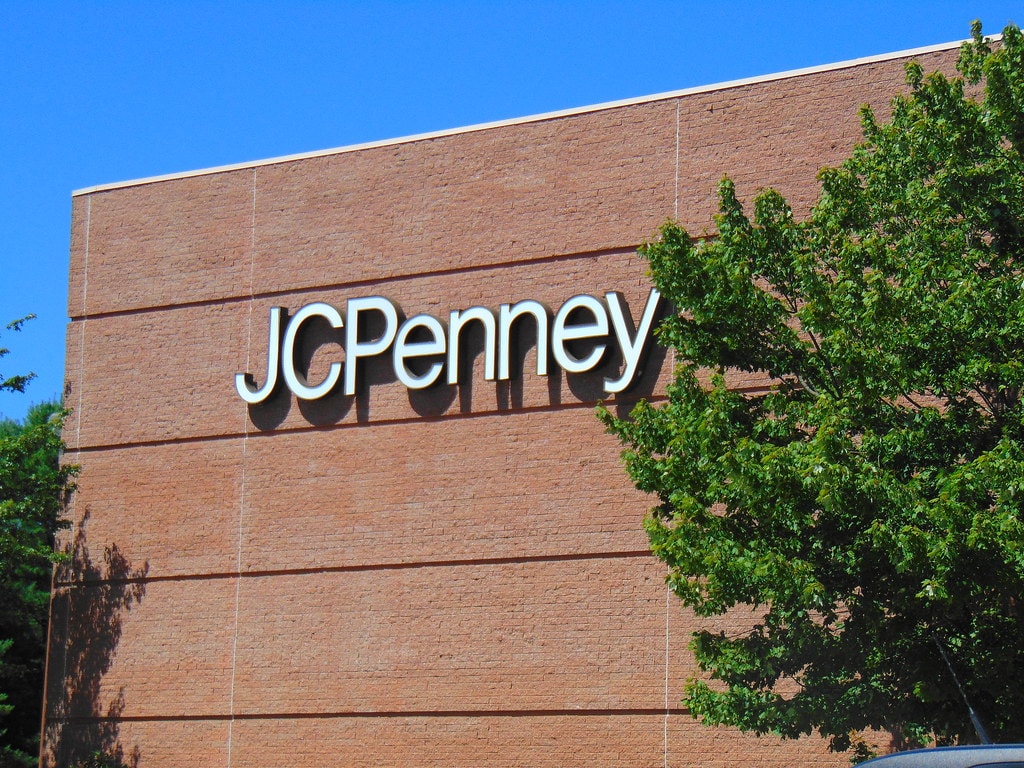
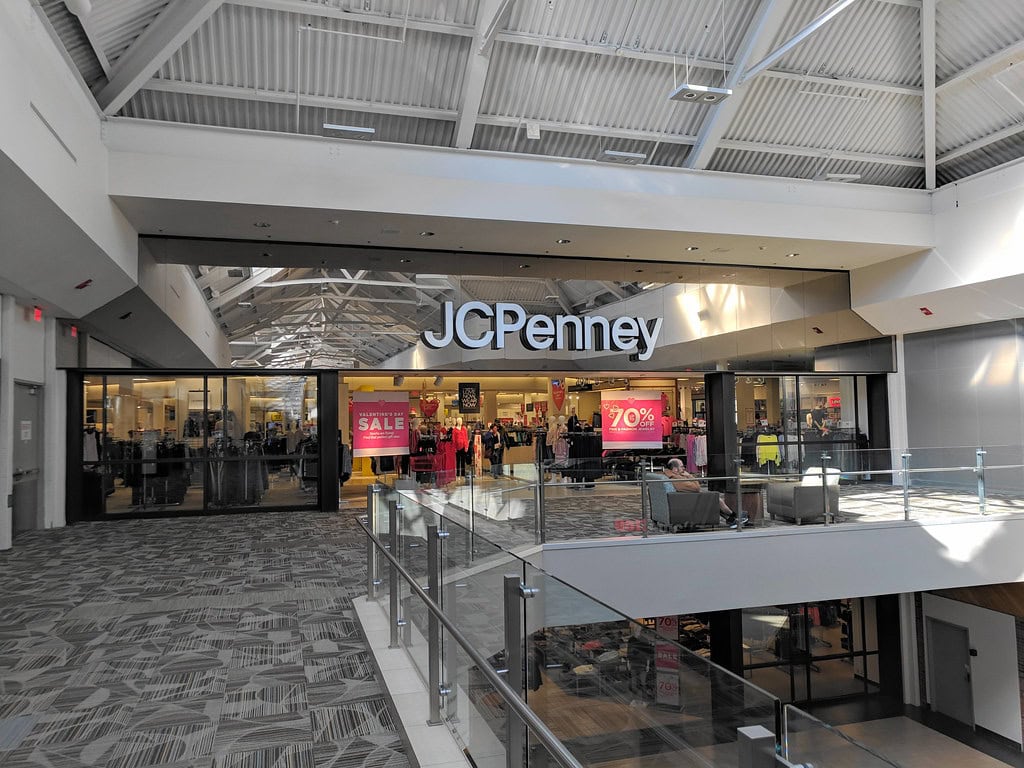

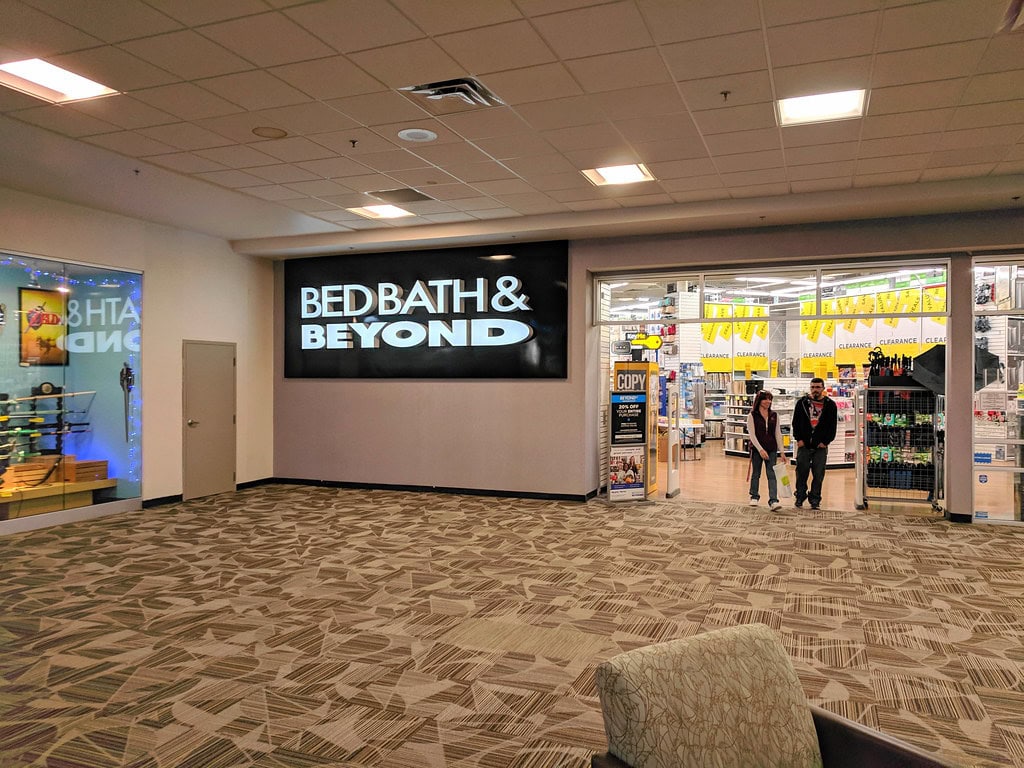
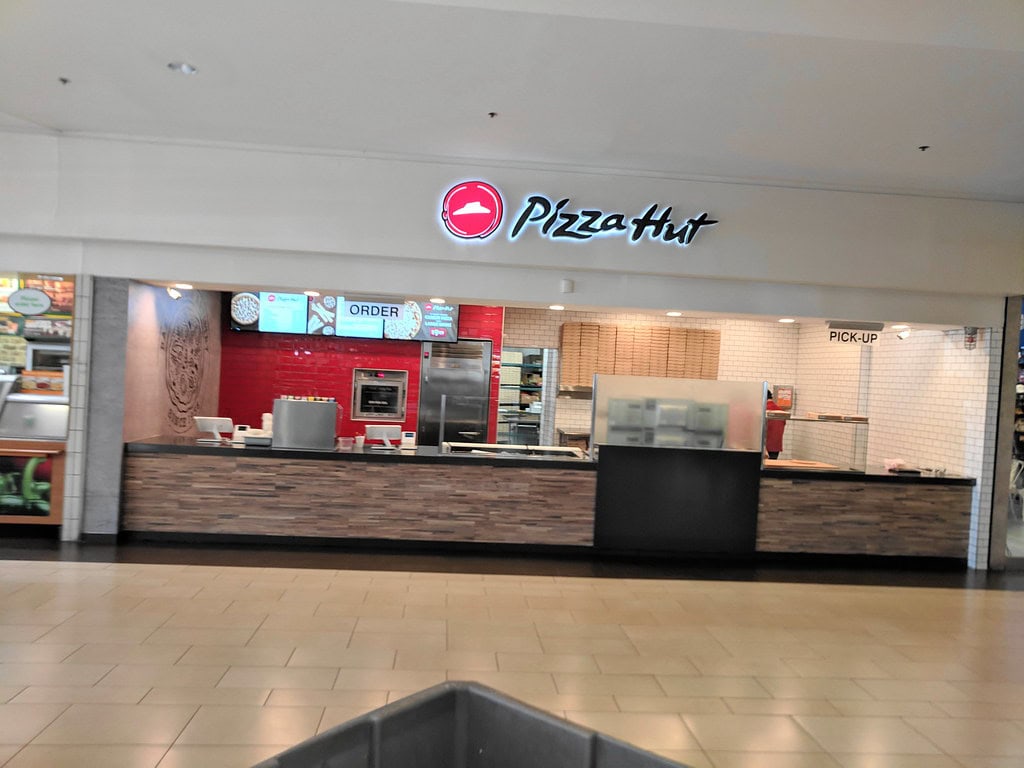

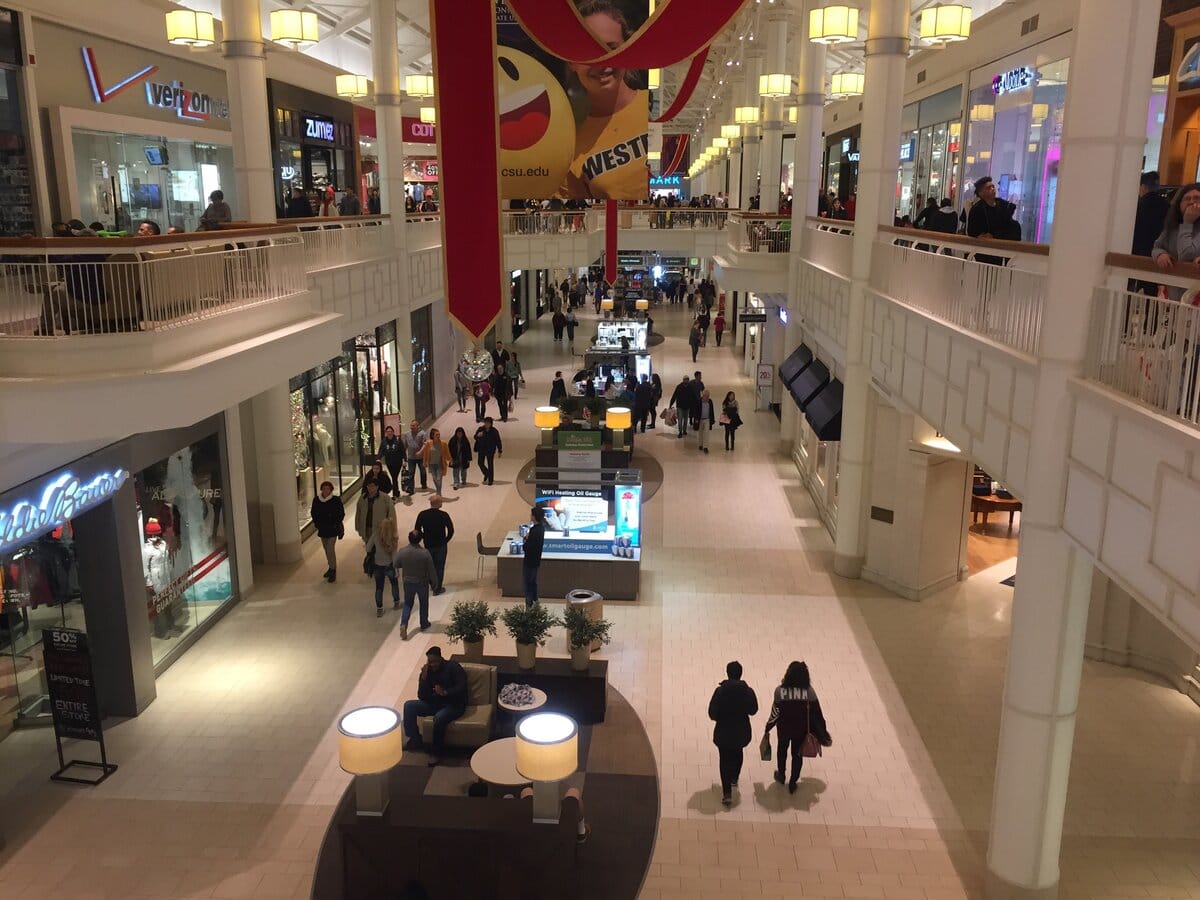
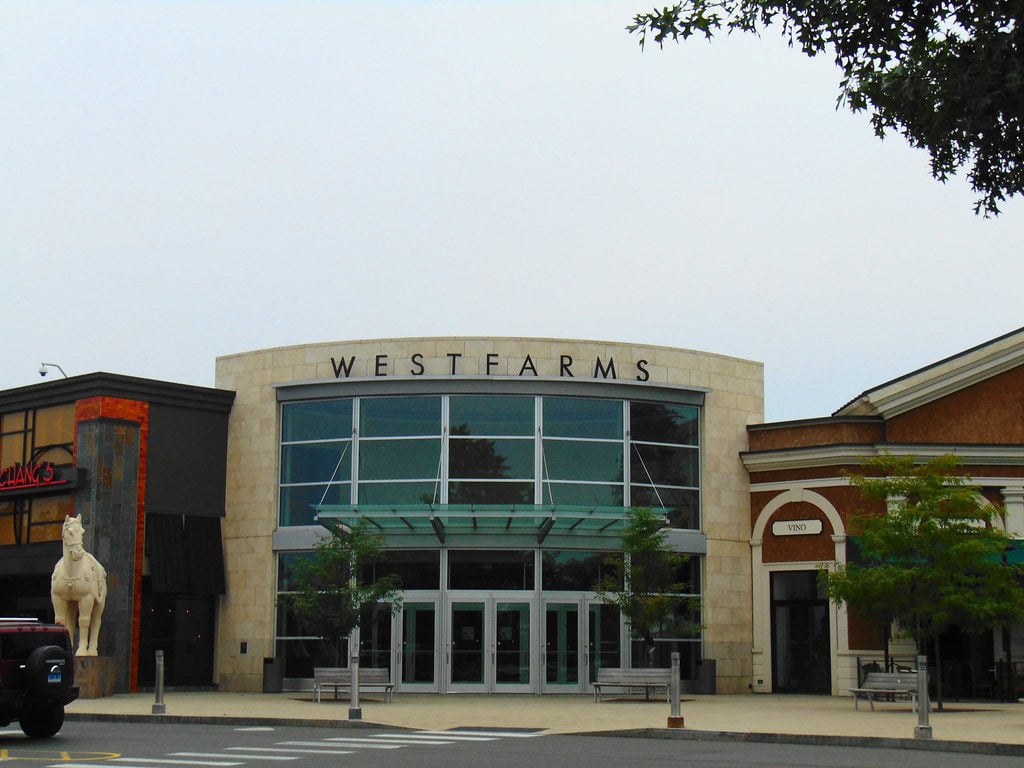

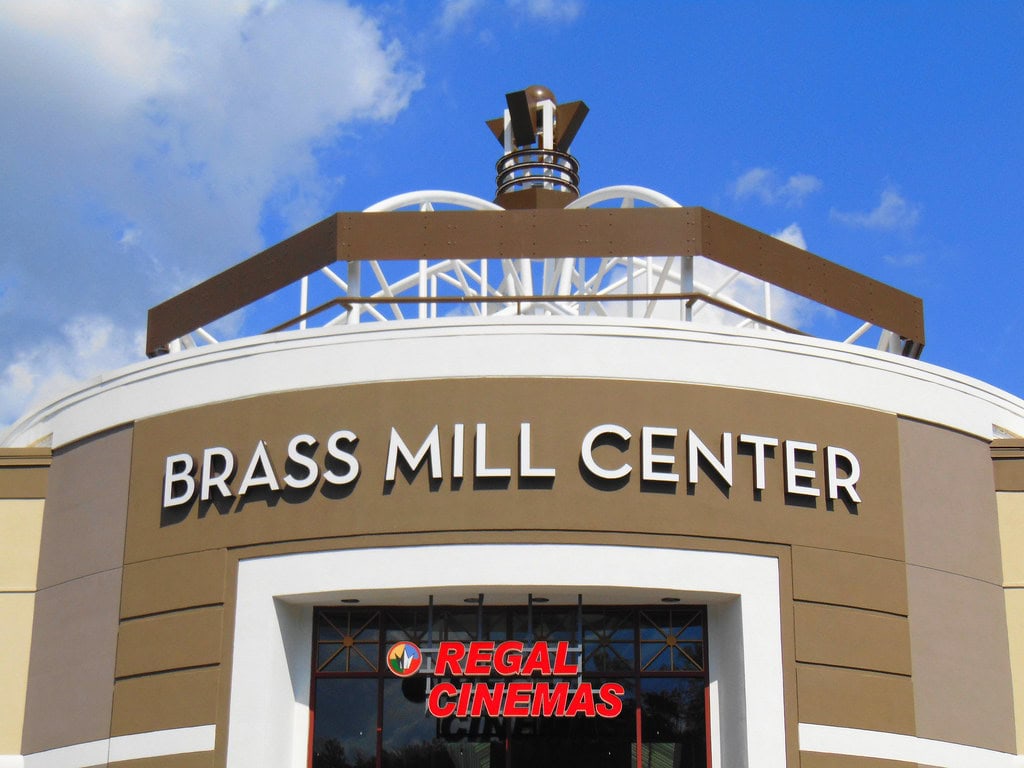


Kids really need a roller skating arena!!!!! They need a healthy outlet in that area- nothing is left for kids to get active in except trouble!!!! Would really rally revenue, fun, & a place for kids to just be kids!!
I love that idea - roller skating is one of those nostalgic, low-barrier activities that can draw families in, especially when other options are scarce.